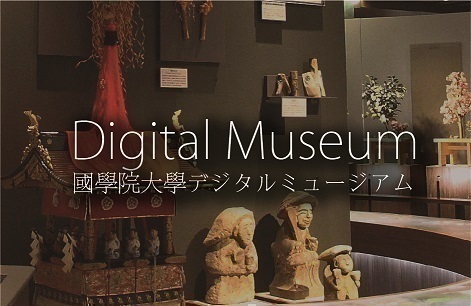- トップ
- Encyclopedia of Shinto
- Yoshida Kanemi
Encyclopedia of Shinto
| Main Menu: | |
| Links: |
詳細表示 (Complete Article)
| カテゴリー1: | 8. Schools, Groups, and Personalities |
|---|---|
| カテゴリー2: | Personalities |
| Title | Yoshida Kanemi |
| Text | (1535-161) Head of Yoshida Shintō in the Azuchi-Momoyama period (ca. 1574-1600). Born in 1535 as the eldest son of Yoshida Kanemigi, he was also the older brother of Bonshun. He was at first called Kaneyasu, but later changed his name to Kanemi. In his career at court, he reached the ceremonial posts of Imperial Chamberlain (jijū), Senior Assistant Director of Divinities (jingi taifu), and Head of the Left Outer Palace Guard (saemon no kami), as well as Junior Second Court Rank. Gifted with great political dexterity, Yoshida gained the confidence of warlords like Oda Nobunga, Akechi Mitsuhide, and Toyotomi Hideyoshi, thereby greatly enlarging the political influence of Yoshida Shintō. Yoshida was particularly close to Hosokawa Fujitaka (aka Yūsai, 1534-1610, whose mother was Kanemi's aunt, while his daughter married Yoshida's grandson Kanehide). In 1590 Yoshida was allowed to restore the Hasshinden (Eight Kami Halls), which were formerly part of the Department of Divinities (jingikan), in the precincts of the Yoshida main ceremonial site (Saijōsho) on Mount Yoshida, and for this he received income of twenty koku of rice. This marked the beginning of the Saijōsho's acting as Proxy for the Department of Divinities (jingikandai) during the early modern period, and in this way Yoshida successfully integrated his family's shrine into the ceremonial system of the court. Moreover, after the death of Toyotomi Hideyoshi, Yoshida and his brother Bonshun devoted their efforts into the erection of Toyokuni Shrine (today's Toyokuni Jinja), where Hideyoshi's spirit was deified and Yoshida's grandson Kaneyori was installed as Chief Priest (gūji). As a Shinto theologian, Yoshida Kanemi may have lacked ingeniousness and did not go beyond previous interpretations, but his political activities ensured a firm foundation for the status of the Yoshida House as "Head of Shinto" (shintō chōjō or jingi chōjō), a feat representing his main personal achievement. Kanemi died on the second day of the ninth month of 1510 at the age of seventy-five. He wrote Outline of Shinto (Shintō taii), and also left a diary, Kanemi-kyō ki, which is a detailed source of information on the political situation of the Azuchi-Momoyama period. —Itō Satoshi |




